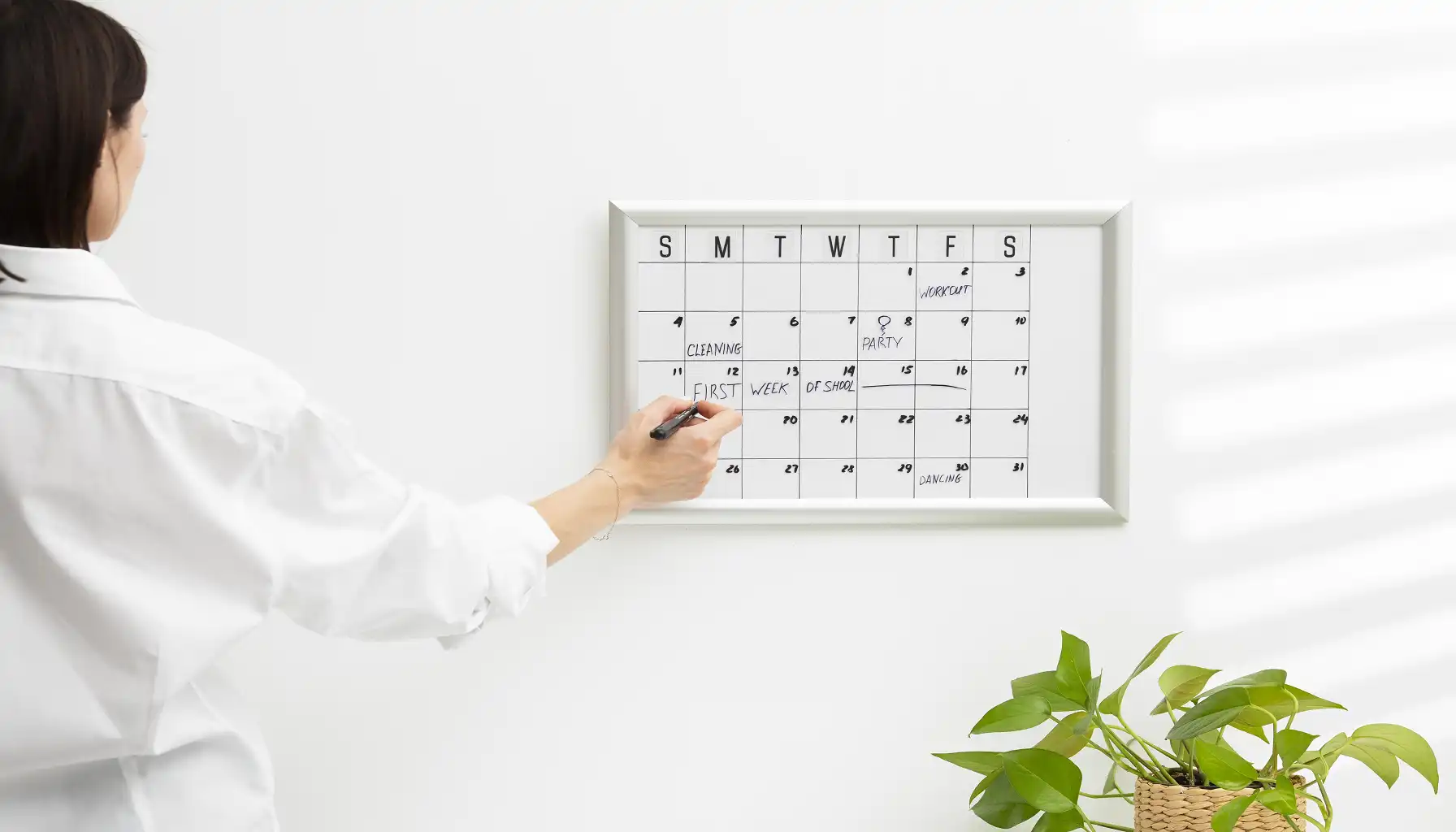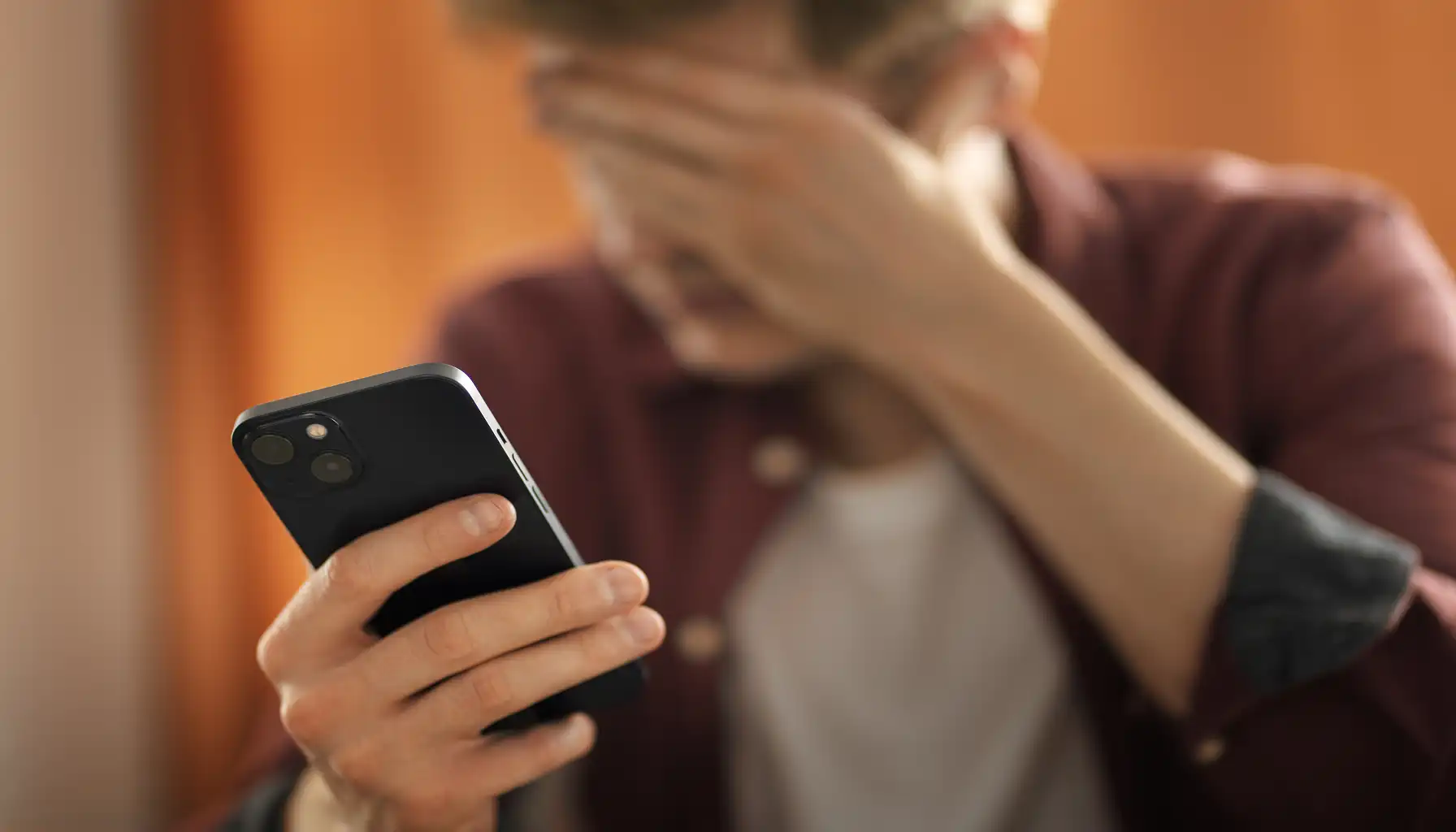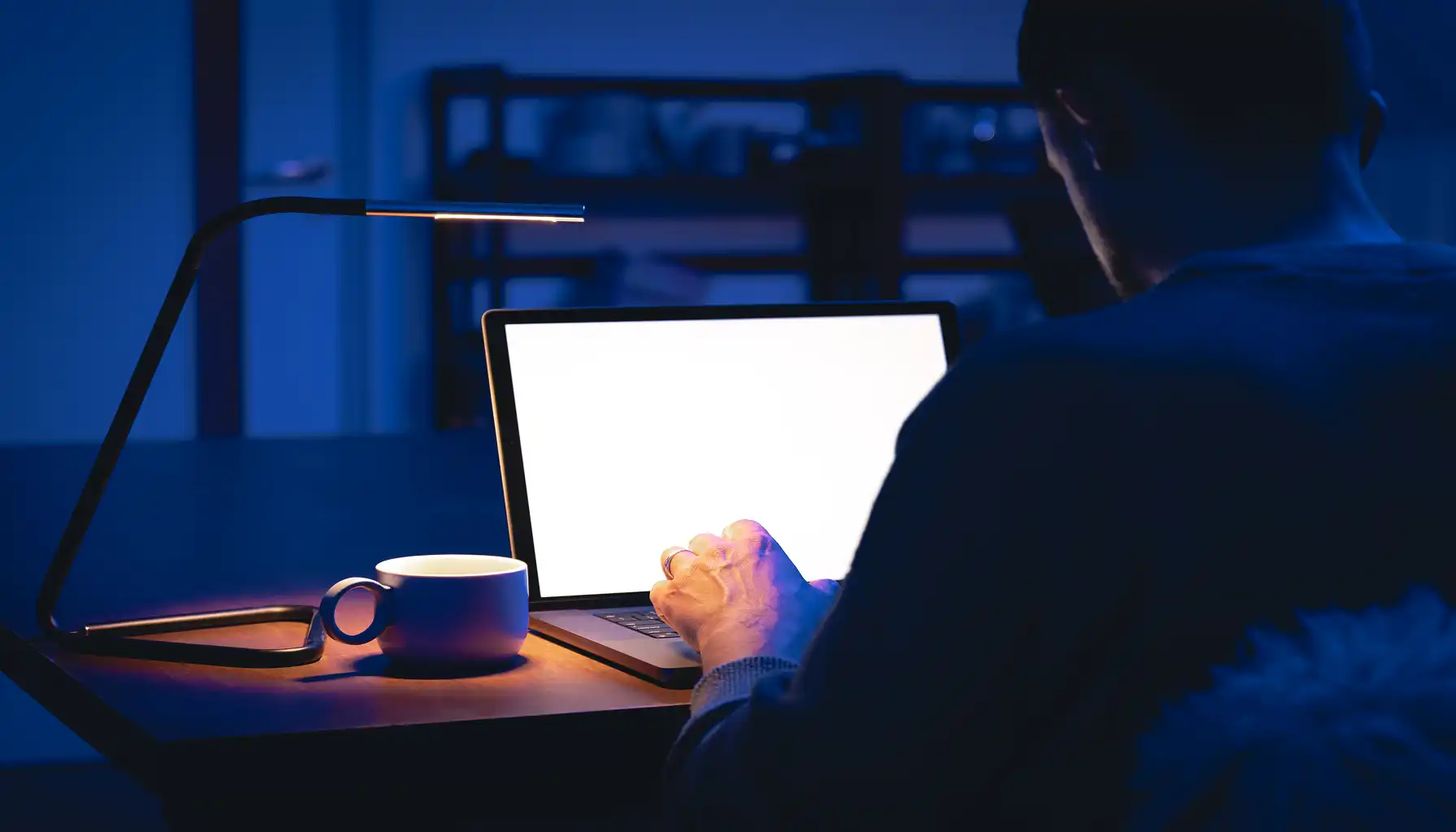How to Do a Digital Detox (Without Falling Behind in Life)

Contents:
We are already used to having everything we need in the gadget. It all started with quick communication with loved ones, then entertainment, and now our documents, money, and work are on the phone. Therefore, it has become increasingly difficult to leave the gadget alone.
Special attention can be paid to the Alpha generation, which has been surrounded by tablets since the very first months of its life. This raises the question: "What is digital detox, and how can I truly disconnect without missing out on important aspects of my life?"
Let's figure out how to spend time in front of the screen in a balanced way, while remaining productive and not breaking away from the real world. It's not about complete isolation, but creating healthier habits through technology. But if there’s no way you can take a gadget break, try focus games to stay concentrated.

Understanding the Concept: What Is Digital Detox
In fact, it involves a period of time during which people voluntarily abstain from using gadgets like smartphones, computers, and social media. For many, the digital detox meaning revolves around regaining control over their gadget consumption rather than letting it control them. The main aim - to reduce stress and interact more actively with the physical world and real life.
When considering what's a digital detox, it's important to understand that it's not necessarily about abandoning technology forever. This can involve setting boundaries, dedicating specific times for gadget use, or even taking short breaks from certain applications.
The Rewards of Disconnecting: Benefits of Such Detox
The advantages of intentionally reducing your screen time are numerous and impactful. One of the most frequently mentioned benefits of digital detox is a significant improvement in mental clarity and a reduction in anxiety. Constant exposure to information and social comparisons can often lead to feelings of overwhelm and inadequacy. By stepping away, you allow your mind to rest and reset.
Moreover, the pros are centered on improved sleep quality, as the blue light emitted from screens can disrupt natural sleep patterns. Focusing on mental health and digital detox habits can lead to a greater sense of presence and mindfulness in daily activities. This reduction in screen engagement allows for more time for hobbies, physical activity, and meaningful face-to-face interactions.

Practical Steps: How to Do It Effectively
Successfully navigating a phone detox requires a thoughtful approach and clear strategies. If you're wondering about digital detox tips without feeling completely cut off, consider starting with small, manageable changes. Instead of an immediate, drastic cut-off, try gradually reducing your screen time.
Here are some keys:
Identify Your Triggers: Pay attention to when and why you reach for your devices. Understanding these triggers is the first step in breaking the cycle.
Set Clear Boundaries: Designate specific times or areas as "screen-free zones." For example, no phones at the dinner table or an hour before bedtime.
Turn Off Notifications: This simple step can dramatically reduce the urge to check your phone constantly. You'll be surprised how much less distracted you feel.
Find Alternative Activities: Replace screen time with engaging hobbies like reading (nowadays, bionic reading is becoming popular) a digital detox book, exercising, spending time in nature, or connecting with friends and family in person.
Schedule Breaks: Instead of constantly being online, schedule specific times to check emails or social media, and stick to those times.
A comprehensive list of things to stop during gadget detox might include endless social media scrolling, checking emails outside of work hours, and mindlessly browsing websites. These digital detox strategies are developed to help you control your attention. So, exploring a digital detox programme can provide structured guidance and support.
Staying Productive During Your Day
One common concern when doing a digital detox is the fear of falling behind, especially with work or important communications. However, a well-planned detox can actually boost productivity. The key is to distinguish between essential gadget use and recreational or habitual use.
Consider these approaches to how to digital detox while staying on track:
Batch Your Communications: Instead of responding to every email or message immediately, set aside specific times during the day to handle communications.
Utilize Offline Tools: For tasks that don't require internet access, switch to offline tools. This could mean using word processing software without an internet connection or taking notes with pen and paper.
Communicate Your Intentions: Inform colleagues, friends, and family about your phone detox day or period. This manages expectations and reduces the pressure to respond instantly.
Prioritize Tasks: Before you begin your detox, make a clear list of your most important tasks. It helps you stay focused on what truly needs your attention, rather than getting sidetracked by less important activities.

To further clarify, here's a breakdown of gadget use types:
Type of Use | Description | Approach During Detox |
Essential | Work-related tasks, important communications | Schedule specific, limited times; use offline tools |
Recreational | Social media scrolling, casual browsing, gaming | Minimize or eliminate during detox periods |
Informational | Research, news consumption | Prioritize trusted sources; set time limits |
Tailoring the Detox: Specific Scenarios and Ideas
A phone detox can be adapted for various age groups and situations. For instance, a digital detox for teens might focus on reducing social media pressure and encouraging outdoor activities. Similarly, a digital detox for kids often involves limiting screen time for games and videos, promoting creative play, and family interaction.
For those looking for a more immersive experience, a digital detox vacation offers a complete escape from connectivity in a serene environment.
There are also specialized digital detox retreats designed to help participants completely unplug and reconnect with themselves and nature.
LifeHacks how to do a digital detox and be inspired:
Designate "No-Phone" Zones: Make your bedroom a phone-free sanctuary to improve sleep that influences our mental health.
Start small: Dedicate one day a week to being completely offline.
Engage in Analog Hobbies: Pick up knitting, painting, gardening, or playing a musical instrument.
Explore Nature: Spend time outdoors, whether it's a walk in the park or a hike.
Connect Face-to-Face: Prioritize in-person conversations and activities with loved ones.
Use a Digital Detox App: Some apps can help you track screen time or block distracting websites.
Some companies are even exploring ways to support this trend, which simplifies features to encourage less screen dependency. While specific product endorsements are not the focus, the general idea of using simpler devices can be helpful.

Balanced Life
Embarking on a phone detox doesn't mean reverting to a pre-Internet era. It's about finding a healthy balance that allows you to harness detox benefits. By implementing practical ideas and committing to at least a short period, you can significantly improve your mental well-being, enhance your productivity, and foster deeper connections in the real world. Remember, the goal is not to eliminate technology, but to use it mindfully and intentionally, creating a life that is enriched by tools, not defined by them.





